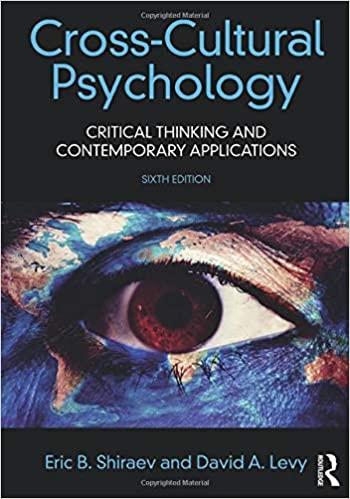Question 1 - Facilitated Communication (FC) As background information for your discussion, please read the article by James Elliott called The Battle Over a Controversial
Question 1 - Facilitated Communication (FC) As background information for your discussion, please read the article by James Elliott calledThe Battle Over a Controversial Method for Autism CommunicationLinks to an external site.. A copy of the article is found in theResources and Articlesfolder in Canvas course website. [Scroll down the page past week 16]. Also, please watch two short clips (1 and 2 below) that will provide some context for this issue. If you have the time, the longer video (Prisoners of SilenceLinks to an external site.) provides thebestcontext for the FC controversy, and I encourage you to watch it.
Background In 1977, Dr. Rosemary Crossley, Ph.D., an Australian educator and therapist working with individuals diagnosed with autism, a severe communicative disorder, claimed that they could express their inner thoughts using a keyboard when their hand was "supported" by a "facilitator" (therapist or helper). A sociologist and professor of Special Education at Syracuse University, Douglas Biklen, adopted Crossley's untested claim, established the Facilitated Communication Institute (FCI) at Syracuse, and began training thousands of teachers and practitioners in the theory and technology of using letter board communicators to facilitate communication by individuals with autism. Controversy arose when researchers studying FC failed to support the claim that individuals with autism could communicate using the FC technique. Biklen disputed the negative research findings, and continued to hold conferences to train individuals interested in autism treatment. Because of the increasingly bad press FC received, and to rebrand a procedure that received widespread scientific rebuke (American Academy of Child & Adolescent Psychiatry, 1993; American Academy of Pediatrics, 1993; American Association on Mental Retardation, 1994; American Psychiatric Association, 1994; Behavior Analysis Association of Michigan, 1998), the now-retired Biklen changed the name from FCI to theInstitute on Communication and Inclusion(ICI).
Background Videos
Debunking Facilitated Communication 1(1:09)
Debunking Facilitated Communication 2(2:14)
Prisoners of Silence(55:47)
The Ethical Duty to Know: The Tragic Case of Facilitated Communication for Autism(1:33:43)
Answer each question:
- For the FC study shown in the Debunking FC 1 video above, do themethodsused meet the standards for a valid experiment?Brieflysummarize the key experimental elements used in that study and identify any missing elements required for a valid experiment.
- Why is it important for claims by practitioners about the effectiveness of novel techniques, such as Facilitated Communication, be scrutinized? How did researchers in video #1 [also shown inPrisoners of Silence] test these claims? Discuss whether or not the conclusion made by researchers who tested autistic children at the Heck Center is warranted. Do themethodsused in the the Heck Center study of FC meet the standards for a valid experiment?Brieflysummarize the key experimental elements used in that study and their importance.
https://www.youtube.com/watch?v=2Y3MvSZOazk&themeRefresh=1
https://www.youtube.com/watch?v=Ox7cShA6OOM
https://www.youtube.com/watch?v=1j0TAaDWrxU
https://www.theatlantic.com/education/archive/2016/07/a-controversial-method-for-autism-communication/491810/?utm_source=copy-link&utm_medium=social&utm_campaign=share
Step by Step Solution
There are 3 Steps involved in it
Step: 1

See step-by-step solutions with expert insights and AI powered tools for academic success
Step: 2

Step: 3

Ace Your Homework with AI
Get the answers you need in no time with our AI-driven, step-by-step assistance
Get Started


